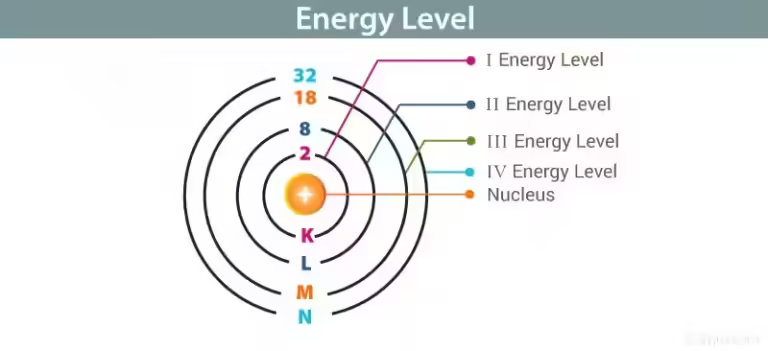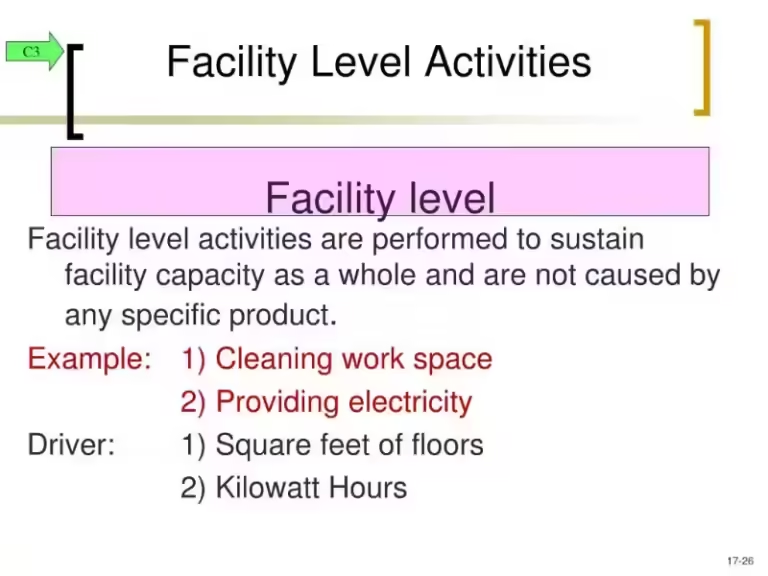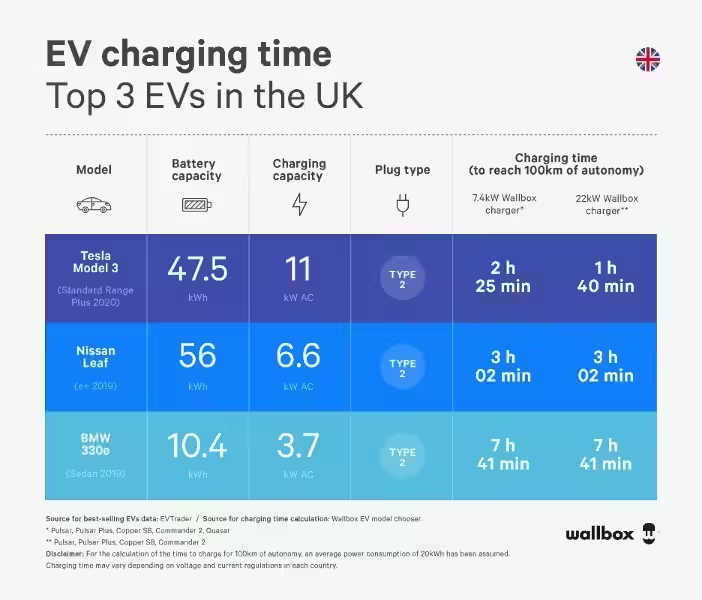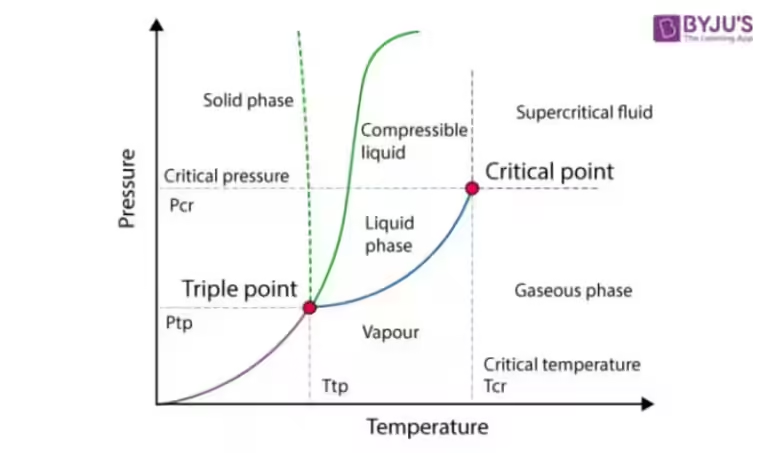Understanding "Level" in the Context of "Level Term"

The word "level" in the term "level term" often refers to a consistent or unchanging aspect, typically in the context of finance and insurance. It implies a steady rate or value that remains constant over a defined period. To fully grasp the meaning, let's explore some common scenarios where "level term" is used.
Level Term in Life Insurance
In the realm of life insurance, "level term" most commonly describes a level death benefit and level premiums. This means the amount of money your beneficiaries would receive upon your death (death benefit) remains the same throughout the policy's term. Similarly, the premium you pay each month stays consistent over the same duration.
Level Death Benefit Explained
Imagine you purchase a level term life insurance policy with a $500,000 death benefit for a 20-year term. This implies, regardless of whether you pass away in the first year, the tenth year, or the final year of the policy, your beneficiaries will receive $500,000. This stability provides peace of mind knowing the financial security you've arranged for your loved ones won't diminish over time.
Level Premiums Explained
Likewise, a level premium ensures your monthly life insurance payments remain fixed. This predictability is beneficial for budgeting purposes, allowing you to plan effectively and avoid unexpected increases in your financial obligations. However, it's crucial to remember that level premiums are typically calculated based on your age at the policy's inception. Thus, younger individuals generally enjoy lower premiums compared to older applicants.
Level Term in Other Financial Contexts
Beyond life insurance, "level term" can appear in various financial contexts. For instance, you might encounter "level term loans," where the monthly payments remain constant throughout the loan's duration. This consistency simplifies budgeting and helps ensure you pay off the loan within the agreed-upon timeframe.
Level Term Loans: A Closer Look
Imagine you take out a level term loan for $20,000 with a fixed interest rate of 5% and a repayment period of 5 years. Each month, you'll make the same payment, encompassing both principal and interest, until the loan is fully paid off. This structure offers predictability and facilitates financial planning, making it easier to manage your debt effectively.
Benefits and Drawbacks of Level Term
The concept of "level term" offers several advantages, including:
- Predictability: Level terms provide stability and clarity, making budgeting and financial planning more straightforward.
- Consistency: Knowing the amount of your payments or benefits won't fluctuate over time can alleviate stress and uncertainty.
- Simplicity: Level terms often simplify complex financial products, making them easier to understand and manage.
However, there are also some drawbacks to consider:
- Potentially higher initial costs: Level terms may involve a higher initial cost compared to non-level options, especially in cases where premiums are level but the benefit is not.
- Limited flexibility: Level terms may not offer the same flexibility as adjustable options that allow for changes in premiums or benefits over time.
Ultimately, "level term" refers to a consistent or unchanging aspect of a financial product or service. Whether it's a level death benefit, level premiums, or level loan payments, understanding this concept helps you make informed decisions and navigate the complexities of financial planning. Remember, when evaluating financial products, consider your specific needs, risk tolerance, and long-term goals to determine if a level term structure aligns with your objectives.
Frequently Asked Questions about “Level Term”
What does the word "level" in "level term" refer to?
The word "level" in "level term" refers to the premium amount of the life insurance policy. It means that the premium you pay will remain the same for the entire term of the policy. This is in contrast to other types of life insurance policies where premiums may increase over time.








